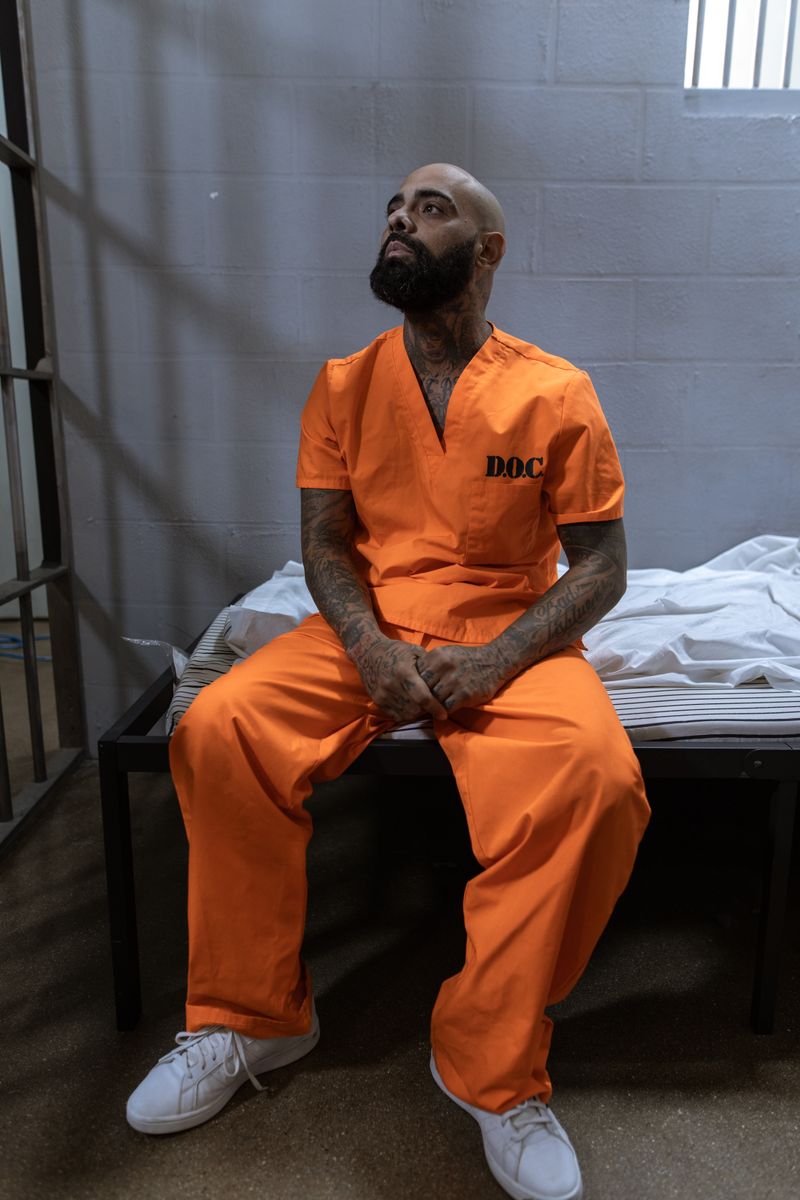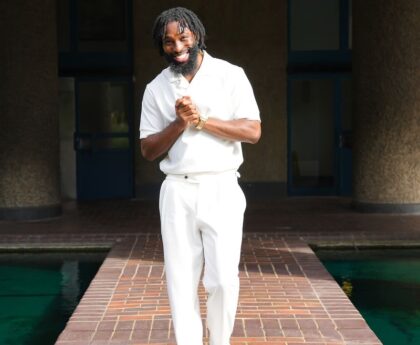Controversial Silence: Canadian Prison Prevents Paul Bernardo from Speaking to Media
A Shocking Revelation
In a shocking revelation, it has come to light that the Correctional Service of Canada (CSC) prevented Paul Bernardo from instructing his lawyer to issue a statement to the media regarding his controversial transfer to a medium-security prison in Quebec. Bernardo, known as one of Canada’s most notorious murderers, is currently serving a life sentence for the kidnapping, rape, and murder of two teenagers in the 1990s. The documents revealing this information were recently made public and have sparked a debate about the authority of prison authorities in controlling the speech of inmates.
A Heinous Criminal History
Paul Bernardo’s crimes are etched into the memory of Canadians. His acts of violence and brutality shocked the nation in the early 1990s. Bernardo was convicted of the kidnapping, rape, and murder of two teenage girls, Kristen French and Leslie Mahaffy, near St. Catharines, Ontario. He was also found guilty of the manslaughter of Tammy Homolka, the younger sister of his ex-wife Karla Homolka. Bernardo has also admitted to sexually assaulting 14 other women.
A Controversial Transfer
Bernardo’s transfer to a medium-security prison in La Macaza, located approximately 190 kilometers northwest of Montreal, stirred up a political storm last spring. Conservative politicians and the families of two of Bernardo’s victims called for his return to a maximum-security facility. An internal review conducted by the CSC concluded that the decision to reclassify Bernardo’s security level was justified. However, critics argue that the transfer was ill-advised, given the high-profile nature of Bernardo’s crimes.
The Attempted Gagging of a Prisoner
The revelation that the CSC prevented Bernardo from requesting that his lawyer issue a statement to the media has raised serious concerns about the role of Canadian prisons in silencing inmates. According to documents obtained through an access to information request, Bernardo had discussed the possibility of speaking publicly through his lawyer. The CSC intervened and raised concerns about the consideration that should be given to the victims before allowing such a statement. However, it does not appear that Bernardo’s lawyer has made any public statement on his behalf.
The CSC’s Response
The CSC has clarified that it does not prohibit inmates from speaking to the media, but has a general process for reviewing interview requests. This process aims to ensure that an interview does not compromise a offender’s correctional plan or glorify their crimes. The CSC spokesperson, Kevin Antonucci, stated that there is no record of any interview request made for Bernardo during this period. Critics argue that it is not the role of the CSC to muzzle prisoners and that the responsibility lies in protecting the public from potential harm, not shielding victims from inmates’ statements.
A Question of Transparency
The lack of transparency surrounding Bernardo’s transfer has raised concerns among the families of his victims and their long-time legal representative, Tim Danson. He emphasizes the importance of transparency and asserts that Bernardo has the right to speak freely, just as the families and the public have the right to access all information related to public safety. Danson disclosed that the families have requested the Supreme Court of Canada to examine the withholding of correctional and parole records related to Bernardo’s parole applications.
The Right of Inmates to Speak
Several experts, including Tom Engel, president of the Canadian Prison Law Association, and Catherine Latimer, president of the John Howard Society of Canada, argue that prisoners should have the opportunity to explain their experiences while in detention. They question how prison officials came to know about Bernardo’s discussion with his lawyer, as conversations between lawyers and clients are privileged and protected by confidentiality.
Latimer believes that inmates should have access to the media, just like any other citizen, within certain limits that ensure the safety of the institution and other inmates. While it is unclear if speaking publicly would have been effective or not, Latimer acknowledges Bernardo’s legitimate interest in doing so at that time.
Editorial: Balancing Public Safety and Freedom of Speech
A Complex Dilemma
The revelation that the CSC prevented Paul Bernardo from speaking to the media raises important questions about the balance between public safety and freedom of speech. While it is essential to protect victims and ensure public safety, it is equally critical to uphold the principles of freedom of speech and transparency in a democratic society.
The Power Dynamics of Incarceration
Prisons inherently create a power imbalance between inmates and authorities. In a system designed for punishment and rehabilitation, it is crucial to strike a delicate balance between maintaining order and respecting the fundamental rights of prisoners. When authorities intervene to prevent an inmate from speaking, questions arise about the limits of their power and the potential infringement on an individual’s rights.
The Importance of Transparency
Transparency is a bedrock principle of a fair and just society. The public has a right to know about decisions that affect public safety, particularly in high-profile cases like that of Paul Bernardo. Granting prisoners the freedom to speak to the media, within reasonable limitations, can contribute to the public’s understanding of the prison system and its operations.
Protecting Victims and Ensuring Public Safety
While recognizing the importance of freedom of speech, it is essential to ensure that the victims of heinous crimes are given the respect and consideration they deserve. Allowing offenders to speak publicly should be carefully weighed against the potential harm it may cause to victims and their families.
A Need for Reform
The controversy surrounding Paul Bernardo’s case highlights a pressing need to re-examine the policies and practices of Canada’s correctional system. Striking a balance between public safety, the rights of inmates, and the transparency of the system requires a thoughtful and comprehensive approach. Reforming the process for reviewing interview requests and ensuring greater transparency in decision-making are crucial steps in achieving this balance.
Advice: Finding a Path Forward
Reconsidering Prison Policies
The CSC should carefully review its policies regarding inmate access to the media and consider allowing prisoners to speak publicly within reasonable limitations. This change would contribute to greater transparency in the criminal justice system and foster a better understanding of the complexities and challenges faced by inmates.
Enhancing Victim Support
It is crucial to prioritize the needs and rights of victims in the criminal justice process. The government should ensure that victims and their families are provided with appropriate support throughout their interactions with the correctional system, including during high-profile cases like that of Paul Bernardo.
Engaging in Public Dialogue
Engaging in public dialogue about the role of prisons and the rights of inmates is vital to shaping a fair and balanced criminal justice system. It is essential for policymakers, experts, and the public to have open discussions about strengthening the system while upholding fundamental rights and ensuring public safety.
Maintaining Public Trust
Maintaining public trust in the correctional system is crucial to its effective functioning. Building trust requires transparency, accountability, and an ongoing commitment to balancing the rights of inmates with the responsibility to protect the public. It is only by addressing the concerns raised in cases like Paul Bernardo’s that the correctional system can regain public confidence.
In conclusion, the case of Paul Bernardo highlights the delicate balance between public safety and freedom of speech in the Canadian correctional system. While it is essential to protect victims, it is equally important to uphold the principles of transparency and freedom of speech. Re-examining prison policies, enhancing victim support, engaging in public dialogue, and maintaining public trust are key steps in finding a path forward for Canada’s correctional system.

<< photo by RDNE Stock project >>
The image is for illustrative purposes only and does not depict the actual situation.




